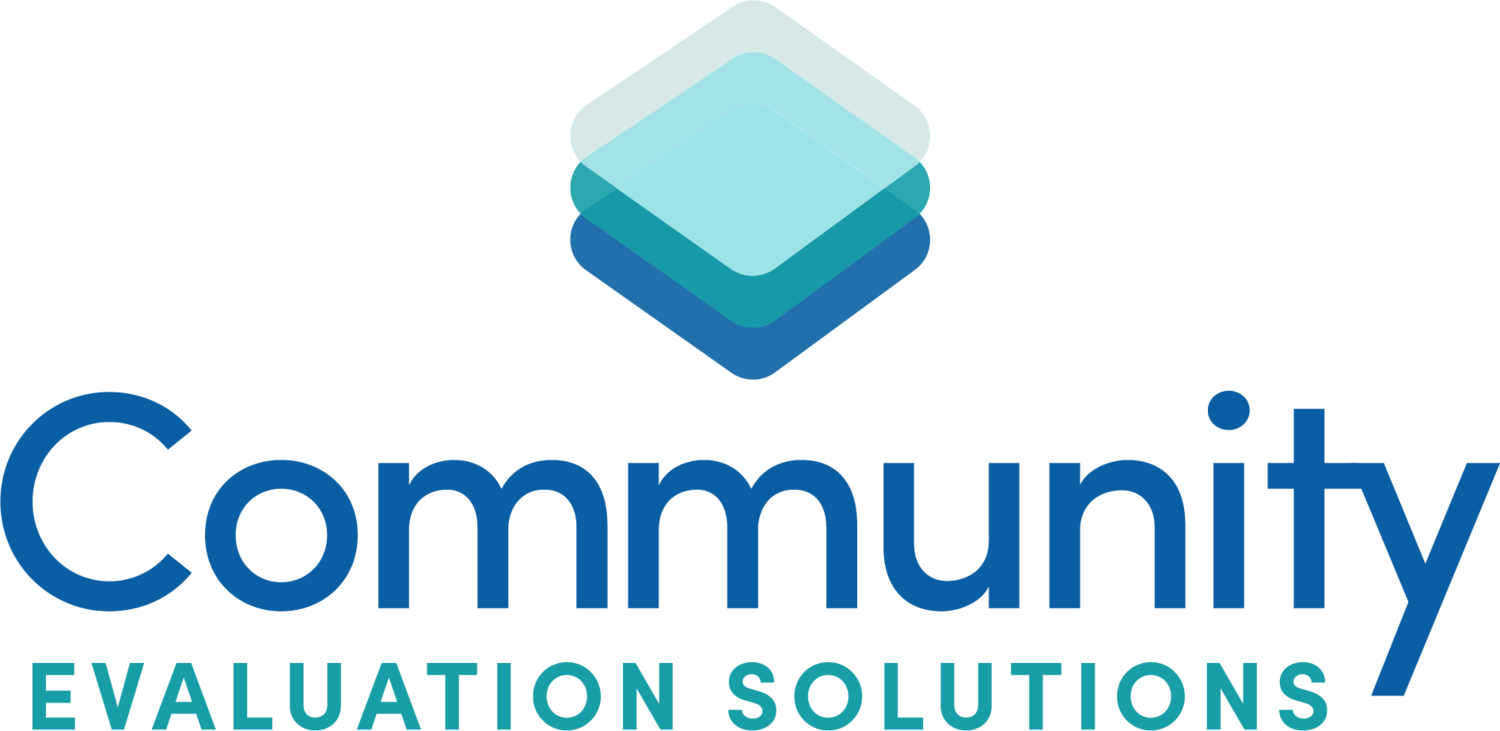What I Want Every Nonprofit Leader to Know
You are busy I know. I serve on a non-profit board and have worked with nonprofits for years.
So, believe me, I get it.
But in order to be accountable to your funders, your board, and most importantly, the community your serve, evaluation has to become a priority. Otherwise, how do you know you are making a difference? It’s like getting in your car to go somewhere you’ve never been before and not having a GPS to help you navigate.
Here are the five things I want you to know:
1. Evaluation is nothing to be afraid of. Evaluation can be complicated to be sure, but it does not have to be. Follow some simple steps and you will be on your way.
My free guide can help you get started on designing your evaluation and help you gather powerful evidence to show you are making a difference.
A simple process can be found in Paul Mattessich’s book, Manger’s Guide to Program Evaluation: Planning, Contracting, and Managing for Useful Results. It is a quick easy read and explains evaluation in simple terms. I love this book and recommend it all the time to my nonprofit clients!
Many federally-funded programs use the CDC’s Framework.
2. It’s ok to start small, just start. Some nonprofits think that they have to evaluate everything and collect all possible data points. Actually, that would be a big mistake. You will likely end up collecting data that you will never use. Start with a few simple questions about your program. Then think about how you can measure them. As you gain confidence and answer the simple questions, you can move on to more complicated questions. Logic Models are a great first step I love the Tearless Logic Model Approach. I use it all the time with my nonprofit and community coalition clients. It avoids confusing jargon like “inputs,” “outputs” and “outcomes” and instead gets at the questions that help your group define their road map. After all, that is exactly what a logic model is, a map of what you are trying to accomplish. Think of it as your organization’s GPS.
3. Evaluation is no longer an option. For a long time, funders told applicants that evaluation was important, but did not require any evaluation data submitted. In the past funders were satisfied with basic “process data” (e.g., number of clients served, basic demographics, number of classes offered, etc.). Now, funders are requiring grantees to provide evidence. They want a see a clear connection between a nonprofit’s goals and outcomes. In today’s increasing competition for resources, the focus on outcomes is not likely to go away anytime soon.
4. To be really effective, YOU must make evaluation part of your daily business. Too often, nonprofits view evaluation as a one-shot effort to fulfill a funding requirement. This is unfortunate and, in my experience, a waste of time and money. These types of evaluations leave the nonprofit leadership, staff, and evaluator pretty unsatisfied. The most successful evaluations are those that create a culture of organizational learning. Successful evaluations have a long-lasting impact. In the evaluation biz, we call this “evaluation capacity building.” Growth in evaluation capacity occurs when evaluation becomes part of your everyday way of doing business and data is used for program improvement across the organization.
5. To ensure evaluation success, the CEO needs to lead and staff needs to be part of the team. Nonprofit CEOs are very busy people. The most successful evaluations are those in which the CEO or a key leader is involved and stays engaged throughout the length of the evaluation and beyond. Their involvement signals to the rest of the organization that evaluation is important and that staff should be engaged. In fact, evaluations are most successful when there is an internal evaluation team that works with the evaluation consultant. Staff members are experts in your program and their involvement ensures that the evaluation design is relevant. When staff is excluded, they are more likely to fear evaluation and less likely to help ensure its success and adopt suggested recommendations.
One of the ways, I help the community and non-profit leaders get excited about evaluation and have that “AHA!” moment is to focus on using their data to better tell their story. I have created a free mini-course to help you get started. Check it out and tell me the one thing you will do to get your organization on the road to evaluation. Remember, an investment in evaluation is an investment in your organization’s long-term sustainability.

